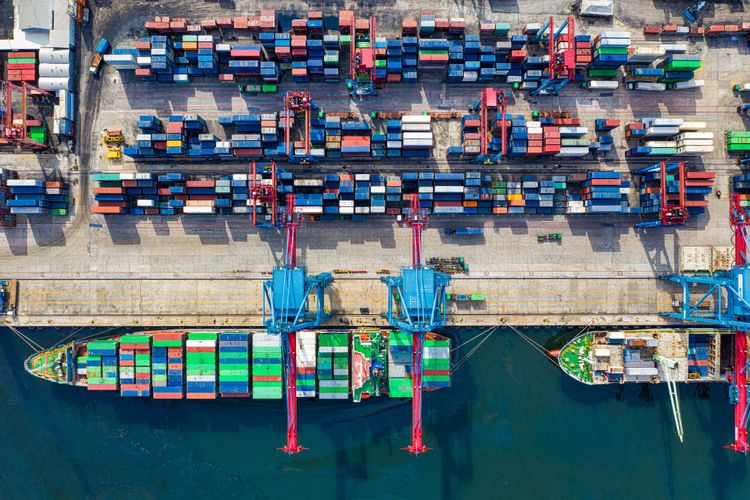The All-Seer Is Now Listening Too

Meet Heimdall, keeper of Asgard and the all-seer of Norse mythology – the one with a keen sense for any impending danger, the one you can trust. At the Swedish Joint Rescue Coordination Center (JRCC) all the operators are rather like Heimdall impersonators. They are the ones who keep an ear out for people who need them around Sweden’s vast coastline, hearing all who need them and coming to their aid.
Every operator is listening to almost 40 channels at any one time. In high season, it's not uncommon for an operator to have to listen to several calls simultaneouslу – but it’s still vital for them to be able to pick out a distress call even when the connection is bad and there are numerous broadcasts going on at the same time.
10 years ago, one of those Heimdalls – Tobias Nicander – had an idea for a new tool that would help greatly in the JRCC’s work. Today his idea has become a reality, and fittingly it's an AI model called Heimdall. It is designed to listen to incoming calls from all of the Swedish radio towers simultaneously, and to pick out important information from this cacophony of calls – this can then be relayed to Tobias and the rest of the JRCC operators.
One of Maranics’ core values is to involve everyone, making the technology serve the people rather than having people serving the technology. In the case of Heimdall, the system runs in the background while the operators continue their work; an operator only needs to spot when the system has picked up a new message, and assess whether something important has been missed. As with any AI model, good feedback is needed in order to improve it. And that’s why improving the data is an important feature of Heimdall – although it always comes second to aiding the operator.
“Collect data while working, don’t work to collect data” is a key mantra behind Heimdall’s working method. The operator shouldn’t have to write long reports of missed calls or give other feedback to the system. They should quickly and easily be able to give this feedback when time permits, while operations carry on as normal. With Heimdall this is exactly how it works. The operator spots a missing call and quickly adds this information in a predefined format that can be easily consumed by the system. The operator can also tell the system if one of the incoming calls coming in was in fact an emergency or a false alarm. This way Heimdall can continue to improve constantly while it is in use.
Data is difficult! I’m a Master Mariner with no background in IT or programming, but working with this system has taught me one thing: put bad data in and you get bad data out. This is where the tool and the operator can work together. The system is fed with contextualised data that results in an improvement on the operator's task of saving lives – and that takes Heimdall one step closer to helping the next person out there in distress.





